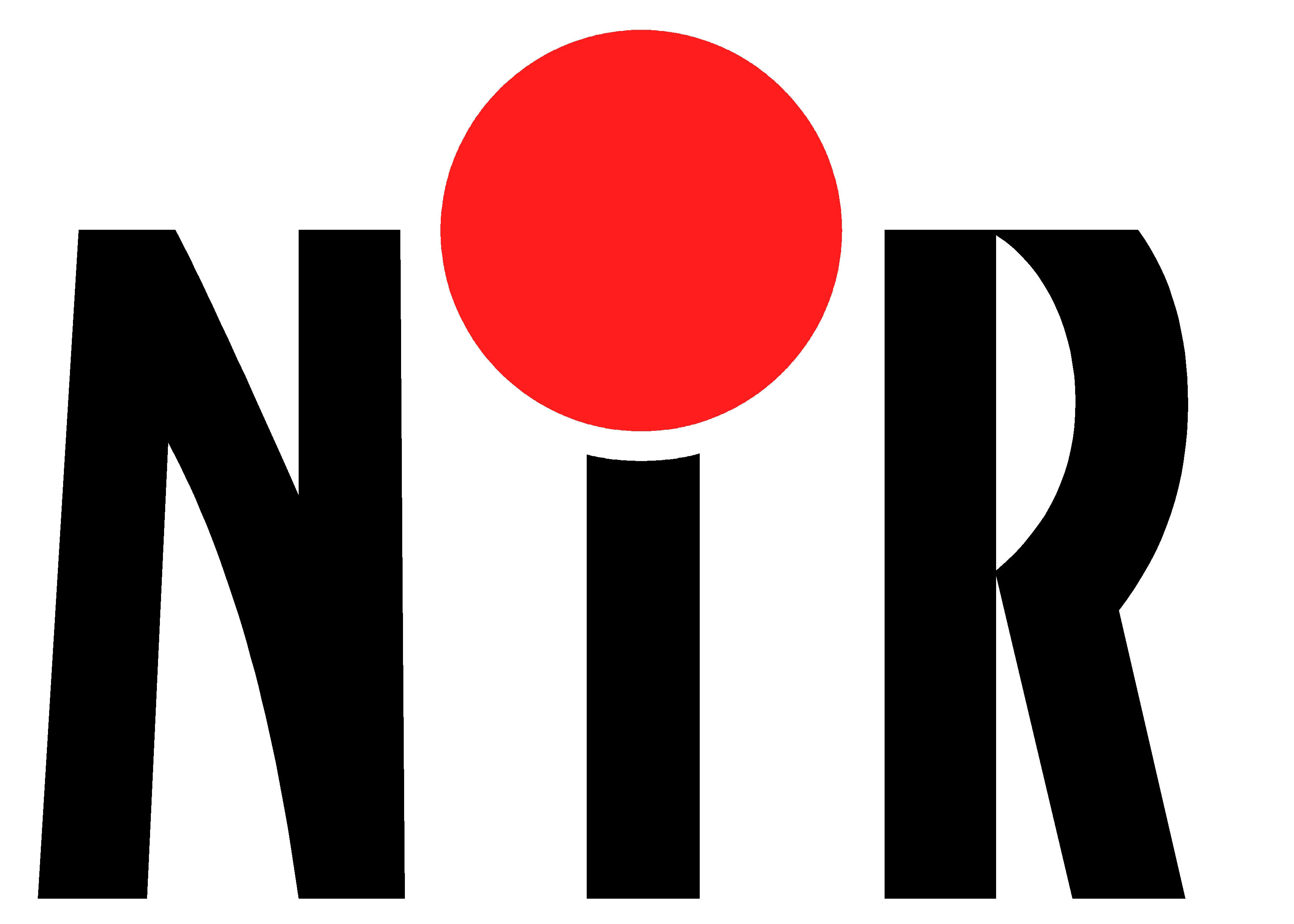
Near-Infrared Guidance Finalized for Small Molecule Testing, with Biologics to Come
2021/8/9 11:45:25 Views£º1222
Original from Regulatory Focus
By Kari Oakes
A newly finalized guidance from the US Food and Drug Administration (FDA) helps manufacturers understand how to use near-infrared (NIR)-based analyses in evaluating drug attributes.
The guidance finalizes a draft issued in 2015, updating it to better reflect how NIR has been used in the years since the draft was issued, and to incorporate some advances in NIR technology. Considerations for managing NIR over the product life cycle were also added to the finalized guidance.
NIR analytical procedures are used to assess finished pharmaceutical products as well as starting materials and drugs during the manufacturing process, using light energy just below the visible spectrum to evaluate the ¡°identity, strength, quality, purity, and potency of drug substances and drug products,¡± according to FDA. Among the techniques advantages are its speed and relative ease of use; NIR also does not require the addition of chemicals and it is a non-destructive testing procedure.
In the guidance document, FDA reviews general modes of NIR measurement, noting that NIR procedures that make use of chemometric models fit within a set of concepts outlined in other guidance documents. One key guidance, issued in 2004, known as the ¡°PAT guidance,¡± lays out a framework for innovative pharmaceutical development, manufacturing and quality assurance. Use of NIR analytic techniques also falls under concepts contained in the International Council for Harmonisation (ICH) guidance on Q2(R1) validation of analytical procedures, noted FDA.
The final NIR guidance breaks down the steps required to develop NIR models, giving considerations for how to construct a calibration set and develop chemometric models and rate-of-change models. Presentation of samples and internal validation of both identification libraries and quantitative calibration models are also discussed.
For external validation of both qualitative and quantitative NIR analytical procedures the guidance gives particular attention to steps required to achieve accuracy and precision in quantitative NIR work. For validation of rate-of-change procedures, the guidance gives advice about when to stop the blending or mixing process, and how to demonstrate specificity.
As with other analytic techniques, manufacturers must follow current good manufacturing practice (CGMP) requirements for application of NIR techniques to the product life cycle. The guidance provides key CGMP considerations for the use of NIR analytic techniques for finished pharmaceuticals.
Manufacturers are also provided with a detailed breakdown of what information about their NIR analytical techniques they must include in submissions.
The guidance document applies to new drug applications (NDAs), abbreviated new drug applications (ANDAs), and supplemental NDAs and ANDAs for small molecule drugs, according to FDA¡¯s announcement of the guidance¡¯s availability. Though the use of NIR analysis for drug substances and drug products that are covered in Type II drug master files also falls under this guidance, NIR for biologics applications does not. ¡°FDA intends to issue recommendations specific to NIR methods used for biological products under biologics license applications in a future revision to this guidance,¡± according to the announcement.
View source version on :

- CAIVD WeChat
Subscription Account

- CAIVD WeChat
Channels
China Association of In-vitro Diagnostics
Part of the information in our website is from the internet.
If by any chance it violates your rights, please contact us.

